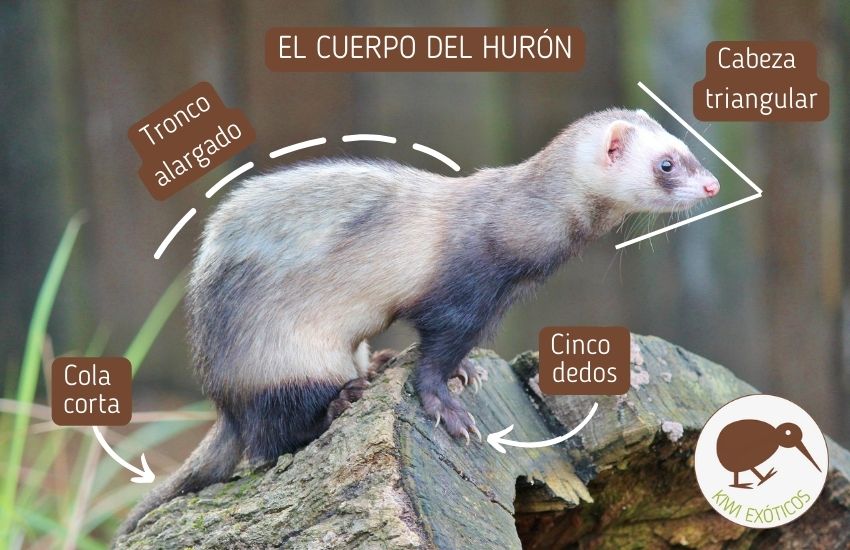
Stepping into the Past: Unearthing the Huron-Wendat World at Sainte-Marie among the Hurons
Forget the sterile exhibits of a typical museum. Our journey into the heart of Huron-Wendat ancestral life takes us not to dusty archives, but to a vibrant, living historical site in Midland, Ontario: Sainte-Marie among the Hurons. This isn’t just a collection of artifacts; it’s a meticulously reconstructed 17th-century village that allows visitors to literally walk the pathways and inhabit the spaces of an Indigenous community, offering an unparalleled glimpse into the intricate social, cultural, and architectural blueprints of a pre-colonial world. For anyone seeking to understand the true essence of Huron-Wendat existence, this site serves as an essential, immersive map to a bygone era.
Upon arrival, the modern world quickly recedes. The air shifts, the landscape opens, and the first sight of the palisaded village immediately transports you. The focus here is on authentic recreation, drawing from archaeological findings, historical accounts, and deep collaboration with the Huron-Wendat Nation. The genius of Sainte-Marie lies in its ability to present not just what existed, but how life was lived, making the abstract concept of an "ancestral longhouse village" tangible and deeply personal.
The undisputed stars of this historical landscape are the longhouses themselves. These aren’t mere dwellings; they are the architectural embodiments of Huron-Wendat communal spirit, societal structure, and ingenious adaptation to their environment. Walking towards them, you begin to grasp their scale: impressive, elongated structures built from a framework of sturdy poles, covered with sheets of elm bark. Each longhouse, often stretching over 100 feet in length and sometimes even longer, housed multiple families – an entire lineage living under one roof. This collective living arrangement is the first critical piece in understanding the ancestral village’s social map.

Stepping inside a longhouse is a profound experience. The dim light, filtered through smoke vents in the roof, immediately sets a different tone. The air, often scented with woodsmoke from the central hearths, adds to the authenticity. Along the interior walls, raised platforms serve as sleeping berths, storage areas, and general living spaces for individual families. Each segment, delineated by a shared central fire pit, represents a distinct family unit, yet all are connected within the larger communal dwelling. Here, you can visualize the daily rhythm: the preparation of meals, the mending of tools, the storytelling, the raising of children. Guides, often dressed in period-appropriate clothing, bring these scenes to life, explaining the division of labor, the importance of kinship, and the democratic processes that governed decisions within the longhouse and, by extension, the entire village.
The layout of these internal spaces is a functional map of daily life. The central corridor, punctuated by multiple hearths, was the artery of the longhouse, facilitating movement and shared activities. Storage pits, dug into the earth and lined, kept food and supplies cool and safe. The careful placement of smoke holes ensured ventilation while retaining warmth – a testament to sophisticated engineering without modern tools. This intricate internal organization speaks volumes about the Huron-Wendat’s understanding of efficiency, community, and sustainable living, long before these terms became modern buzzwords.
Beyond the longhouses, the village unfolds as a carefully planned ecosystem. The outer perimeter is defined by a formidable palisade – a defensive wall constructed from tall, sharpened logs. This wasn’t merely a fence; it was a critical element of survival, protecting the community from rival nations and wild animals. Its construction speaks to a society that understood the need for collective security, and its presence helps visitors "map" the geopolitical realities of the 17th century. Observing the sheer effort required to fell, transport, and erect these logs provides a tangible appreciation for the community’s organizational prowess and collective strength.
Just outside the palisade, or sometimes within designated areas, lie the agricultural fields. The Huron-Wendat were expert farmers, practicing the "Three Sisters" method: companion planting corn, beans, and squash. Corn, especially, was a dietary staple and a cornerstone of their economy. The visual representation of these fields at Sainte-Marie underscores the profound connection between the people and the land. It illustrates how sustenance was meticulously cultivated, processed, and stored, forming another vital layer in the village’s operational map. The cycle of planting, tending, and harvesting dictated much of the year’s rhythm, a powerful reminder of a life lived in harmony with natural seasons.

The broader village map also includes specialized areas. You’ll find structures dedicated to food preparation, such as drying racks for corn and fish, and smokehouses for preserving meat. Craft areas showcase the incredible artistry and utility of Huron-Wendat tools and goods. Demonstrations often feature artisans recreating traditional skills: making wampum belts from shell beads, carving intricate wooden tools, weaving baskets, or preparing hides. These activities highlight the self-sufficiency of the community and the deep knowledge passed down through generations. Each craft, each tool, tells a story of ingenuity, resourcefulness, and a profound respect for materials gleaned from the natural world. Learning about the process of making a birchbark canoe or the intricate art of quillwork provides a vivid contrast to mass-produced modern goods, emphasizing the value placed on craftsmanship and durability.
What sets Sainte-Marie among the Hurons apart is its dual narrative. While the ancestral longhouse village forms the core of our exploration, the site also includes the reconstructed Jesuit mission, which existed alongside and interacted profoundly with the Huron-Wendat communities. This mission, established by French Jesuits in the mid-17th century, provides a crucial historical context. Walking between the Indigenous longhouses and the European-style church, residence, and workshops of the mission, one experiences the stark cultural clash and the complex, often fraught, relationship that defined this period. The mission’s European architecture, its blacksmith forge, and its agricultural practices stand in stark contrast to the Indigenous village, creating a powerful visual and intellectual juxtaposition. This duality forces visitors to consider the impact of European arrival, the initial attempts at coexistence, and the eventual tragic decline of the Huron-Wendat due to disease and conflict. It’s a map not just of physical spaces, but of colliding ideologies and destinies.
The educational value of Sainte-Marie is immense. Knowledgeable interpreters are the lifeblood of the experience, offering context, answering questions, and sharing stories that breathe life into the structures. They discuss everything from political alliances and trade networks to spiritual beliefs and daily rituals. You learn about the Wendat language, the clan system (Bear, Cord, Rock, Deer, etc.), and the importance of consensus in decision-making. This site doesn’t just show you a village; it endeavors to explain a worldview, making it an invaluable resource for understanding Indigenous history and culture in North America.
For the travel blogger, Sainte-Marie among the Hurons offers rich photographic opportunities and endless narrative potential. The textures of the bark longhouses, the glow of the internal fires, the intricate patterns of traditional crafts, and the sweeping historical landscape provide a feast for the senses and the camera. More importantly, it offers a story of resilience, innovation, and a vibrant culture that thrived for centuries before European contact. It challenges simplistic narratives and invites a deeper, more empathetic understanding of Indigenous peoples.

In conclusion, Sainte-Marie among the Hurons is far more than a historical park; it is a meticulously crafted portal to the past. It offers a tangible, immersive "map" to the ancestral Huron-Wendat longhouse village – its architecture, its social fabric, its economic strategies, and its profound connection to the land. It’s a place where history isn’t just read but experienced, felt, and understood on a deeply human level. For anyone passionate about history, Indigenous cultures, or simply seeking an authentic, transformative travel experience, this journey into the heart of the Huron-Wendat world is an absolute imperative. It’s a pilgrimage to understanding, an unforgettable walk through the foundations of a powerful and enduring civilization.



